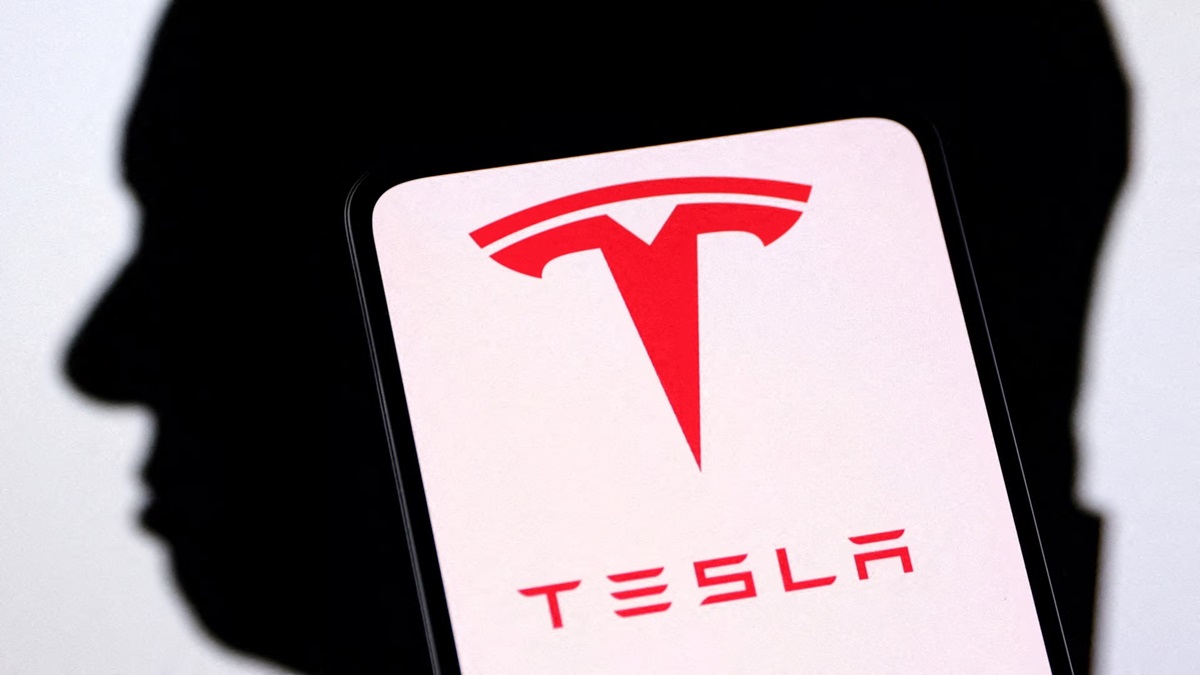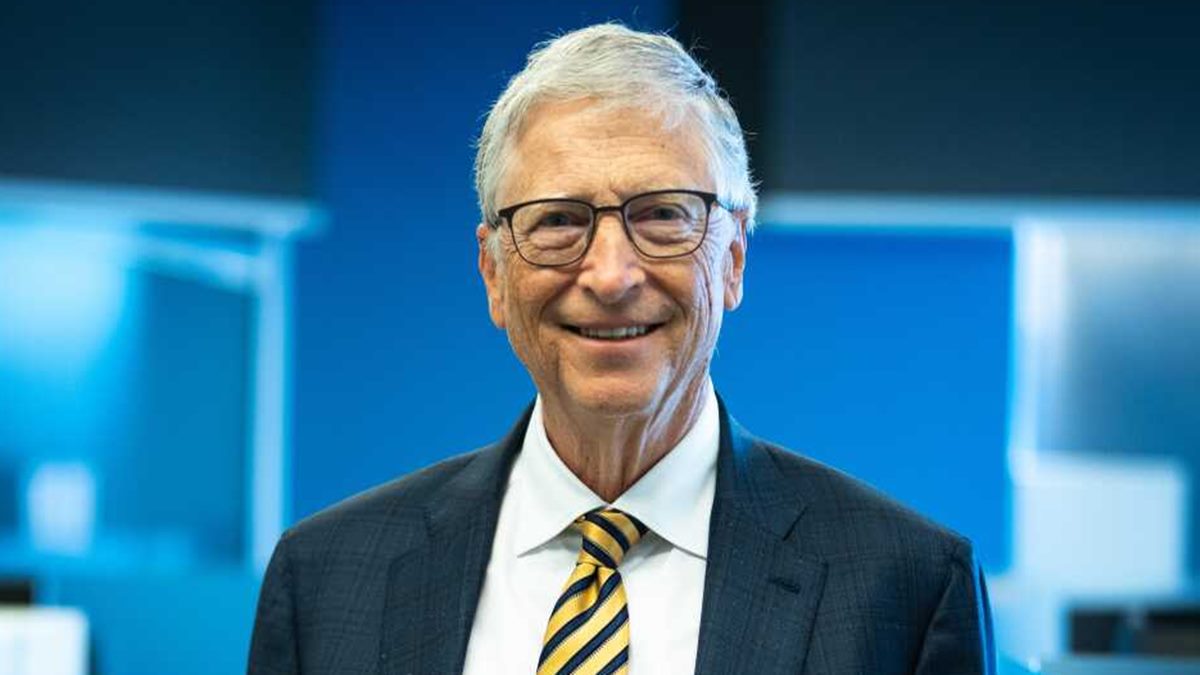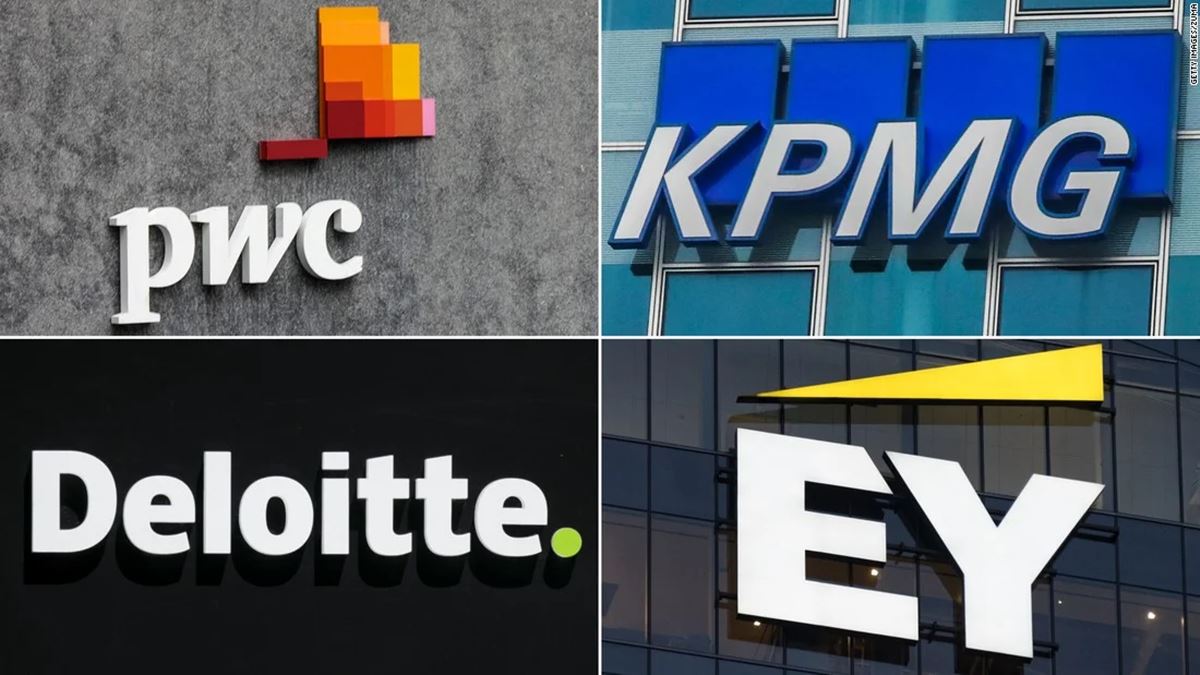The tech industry is facing yet another wave of job cuts in 2025, with major players like Microsoft, Google, Amazon, and CrowdStrike laying off thousands as part of sweeping restructuring efforts. The driving forces? Slowing revenue growth, persistent macroeconomic uncertainty, and the growing impact of artificial intelligence on traditional workflows.
According to Layoffs.fyi, over 61,000 tech workers have already lost their jobs this year across more than 130 companies. Microsoft alone accounted for 6,000 of those jobs — the company’s largest round of layoffs since 2023. The cuts, announced on May 13, span departments and geographies, affecting nearly 2,000 employees in Washington state alone. Microsoft said the decision is aimed at flattening its management structure and prioritizing engineering talent over administrative layers.
Google, meanwhile, has been making quiet but consistent trims throughout the year. In early May, it laid off about 200 people from its global business organization, which handles advertising partnerships and sales. This follows cuts in its Pixel, Android, Chrome, and cloud divisions in recent months — all part of an ongoing overhaul of its operating model post-2023’s 12,000-person layoff.
Amazon is also back on the layoff list, eliminating 100 roles in its Devices and Services division. The unit — which manages Alexa, Kindle, and Zoox — is being streamlined to better align with product goals.
Cybersecurity firm CrowdStrike joined the ranks last week, laying off 5% of its staff in a move it says will sharpen its focus on long-term profitability.
IBM CEO Arvind Krishna recently revealed in an interview with The Wall Street Journal that the company has used artificial intelligence to automate tasks previously handled by several hundred human resources employees. IBM did layoff several hundred employees but
Rather than downsizing, IBM redeployed those efficiencies—channeling the freed-up resources into expanding its workforce with new hires in programming and sales. The move signals a shift in how the company is balancing automation with growth, using AI to restructure internal operations while continuing to invest in talent where it matters most.
While each company cites different strategies, the message is consistent: efficiency and adaptability are the new priorities as AI disruption and economic headwinds continue to reshape the tech landscape.




















